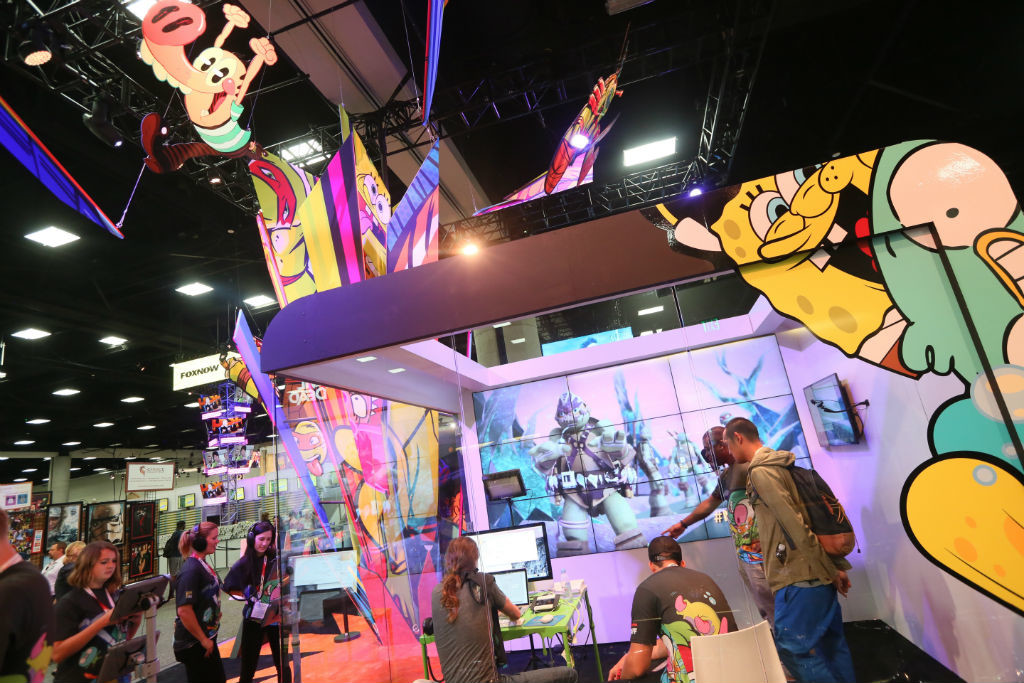Trade Show Exhibit Booth Design


A trade show is an exhibition pulled together so that companies in a particular industry can display and showcase their goods and services to potential clients. It could include the use of display devices, banners, stands, pop-up displays, flat panel display or a booth design.
The trade show booth usually consists of a display that is often set up to showcase products in malls, trade show or other public places relating to trade and services making it quite easy to transport.
Exhibit Booth is an intrinsic part of modern sales and marketing strategies, and a captivating exhibit booth design not only ensures you get more attention at a trade show but also assures you of greater visibility. A business owner who aims to achieve the desired result of being a part of a trade show is encouraged to approach an exhibit designer to design a custom trade show booth for their exhibition.
An Exhibit Designer is an expert that builds a conceptual plan for an exhibit, aimed at communicating a message or telling a story about a product, business, company and the services. The process whereby this is accomplished is termed the Exhibit Booth Design Process.
The Exhibit Booth Design process is applicable in the situation where there is a company that needs custom exhibits and some custom rental displays to be created for an upcoming show. The process is detailed below:
Creating the perfect trade show booth design requires careful planning and skillful execution. The most practical way for exhibit designers to fully satisfy clients and companies are in producing the best displays through close communication with the client.
